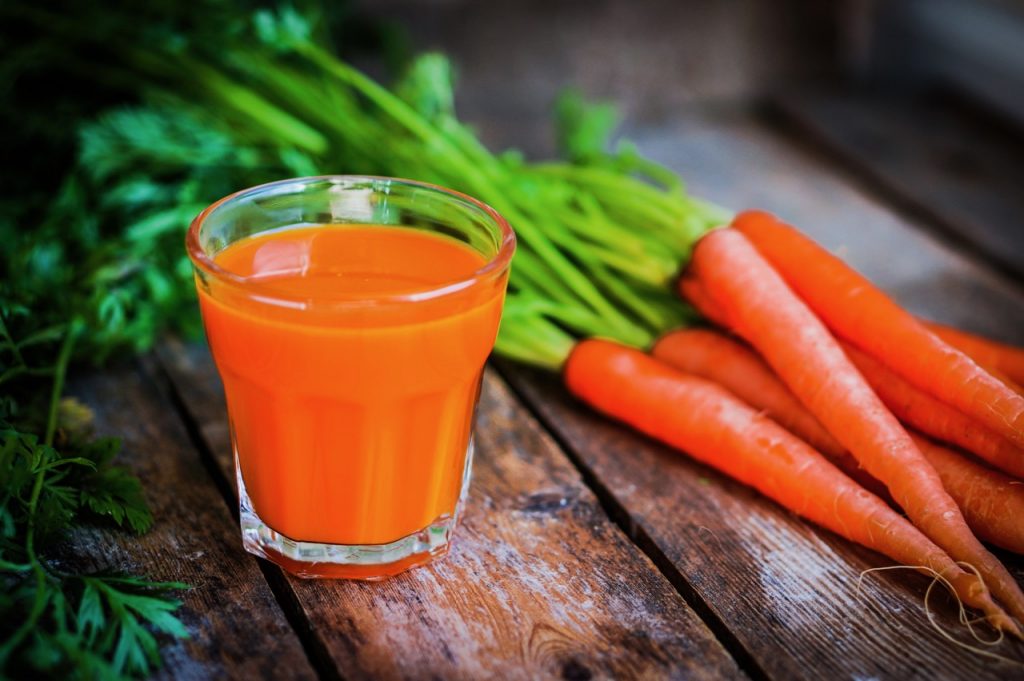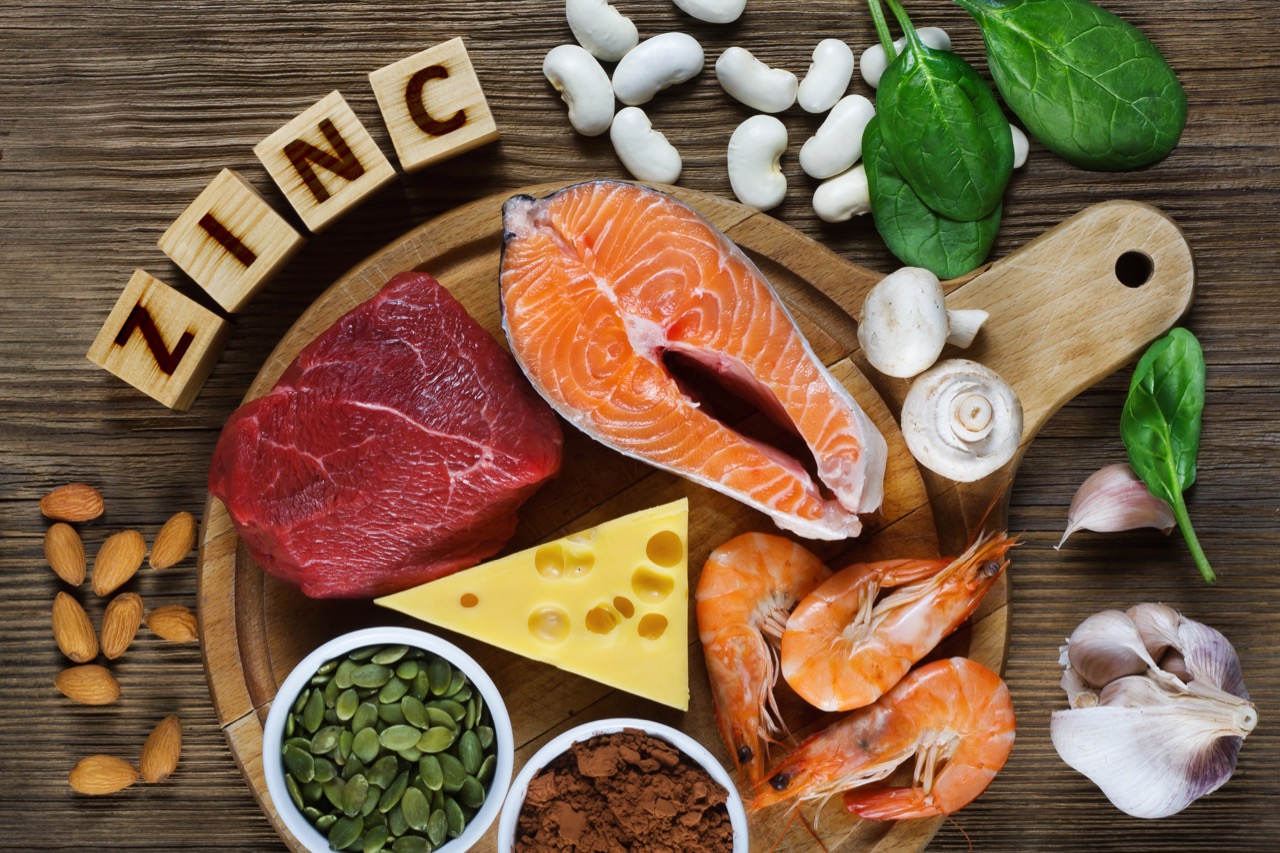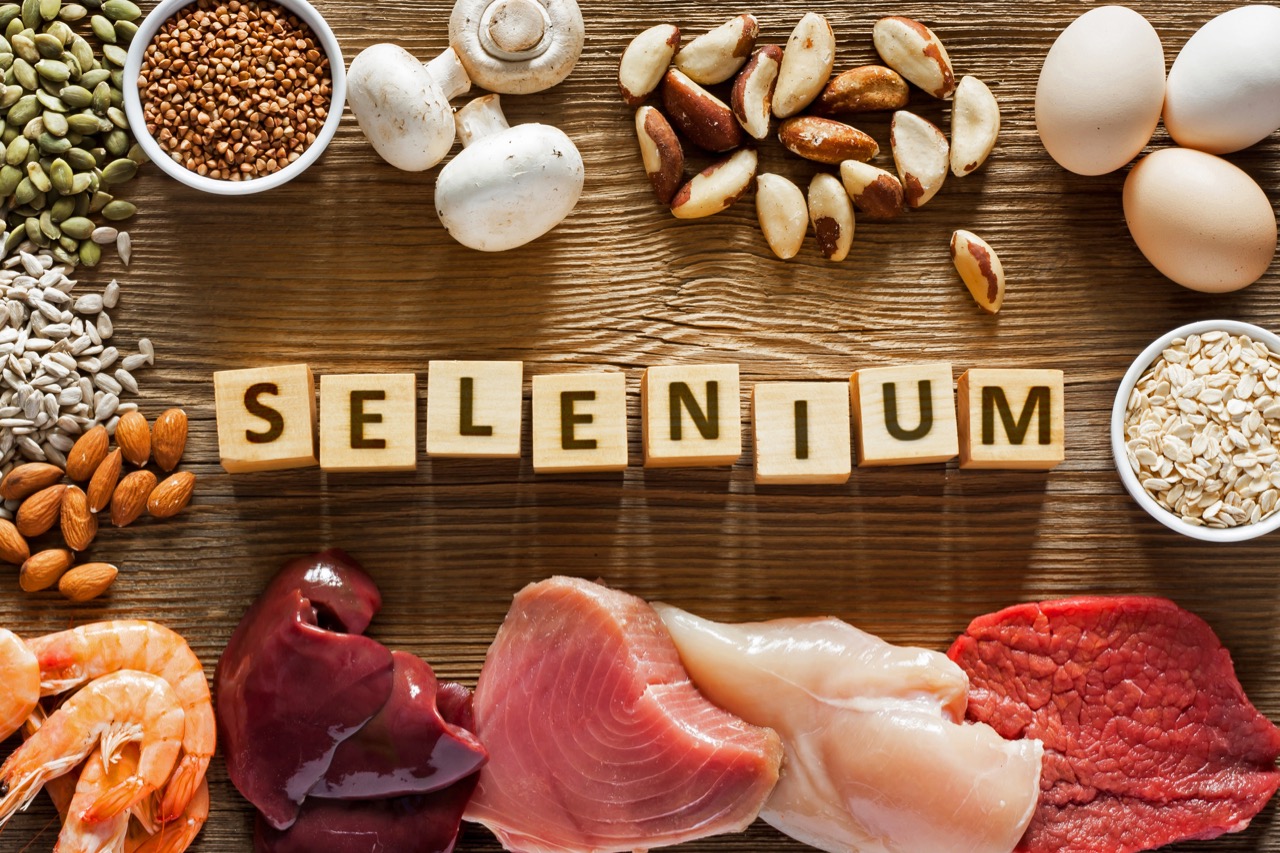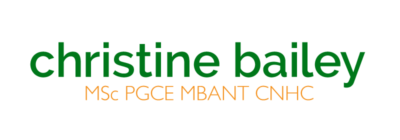Nutritional Support for Immunity against Viruses
I have been inundated with questions regarding immune support against viruses with the growing fear surrounding COVID-19 and the new guidelines regarding self isolation. The COVID-19 outbreak is unprecedented in recent UK history and we all need to play our role in reducing our risk of exposure to potential and actual vectors as well as maintaining good self hygiene. If you are interested in developments the New England Journal of Medicine is running a series of rapidly published technical articles on the developments concerning the viral transmission and its outcomes.
The Role of Nutrition
In addition to a wholefood diet that excludes refined, processed foods and sugar, targeted and specific nutritional support is one of the ways to strengthen mucosal immunity to help prevent or address any viral infection. There are other lifestyle behaviours which are equally important: appropriate exercise, good quality sleep and rest and of course sound hand washing and general hygiene. However, my focus is to highlight certain nutrients that can support natural anti-viral immunity alongside any medical support and lifestyle interventions.

At the bottom of this blog you will also see a number of scientific reference papers for further reading. The focus should be on food first as synergy of nutrients is more important than relying on any single agent.
Vitamin C
According to Andrew Saul, editor of Orthomolecular Medicine News Service (OMNS) on January 26, 2020, “the coronavirus pandemic can be dramatically slowed, or stopped, with the immediate widespread use of high doses of vitamin C. Physicians have demonstrated the powerful antiviral action of vitamin C for decades…. It is very important to maximise the body’s anti-oxidative capacity and natural immunity to prevent and minimise symptoms when a virus attacks the human body.”
In China, a study is under way to see if high doses of vitamin C can help fight off COVID-19. Scientists at the Zhongnan Hospital of Wuhan University are testing its effects on 120 patients who have the virus, giving them daily infusions of 24g of vitamin C for seven days. Results have not yet been published. Consume plenty of vitamin C rich foods daily – citrus, berries, red pepper, Kiwi fruits, papaya are good examples.

Vitamin D
Studies show that vitamin D is a key prohormone/nutrient which affects the immune response and has been shown in multiple studies to possess or stimulate anti-viral properties. It is always important to test your levels of vitamin D – being fat soluble the body can store vitamin D so you want to check your levels and then maintain optimal levels. A safe and commonly available dose is 25 μg of vitamin D3 (1000 IU) but higher levels may be needed to get levels optimal. It is actually difficult to obtain enough vitamin D from diet. Food sources include liver, fatty fish (mackerel, salmon etc), egg yolks and fortified foods. Sunlight is our main source but that will be difficult if we are self isolating.
Vitamin A
Vitamin A is a well known vitamin that is important for maintaining vision, promoting growth and development, and protecting epithelium and mucus integrity in the body. It possesses anti-inflammatory effects because of its critical role in enhancing immune function. Vitamin A is involved in the development of the immune system and plays regulatory roles in cellular immune responses and humoral immune processes. It has potential in the treatment of various infectious diseases. Viral growth is also regulated in part by vitamin A; viral activity in general is regulated by retinoids. Vitamin A and its active metabolites are also involved in the growth and differentiation of mucosa-associated airway epithelia. Top food sources of vitamin A include beef liver and cod liver oil while certain foods provide carotenoids which the body can convert to vitamin A. Good choices include carrots, sweet potato, mango, spinach, broccoli, dried apricots and red pepper.

Zinc
Zinc is known to play a central role in the immune system. If you are zinc-deficient you have an increased susceptibility to a variety of pathogens. Zinc is crucial for normal development and function of cells mediating nonspecific immunity such as neutrophils and natural killer cells. Zinc exerts its antiviral effect by interfering with four stages of the viral life cycle, which includes loss of infectivity of the virus, inhibition of virus entry into the host, inhibition of viral polypeptide processing, and inhibition of the activity of viral protease and/or virally-encoded RNA-dependent RNA polymerase (RdRp). It is therefore wise to ensure you are consuming zinc rich foods. These include meat, shellfish, beans and pulses, nuts, seeds and eggs.
If you are looking for a better understanding of the molecular biology of Corona virus and how and why zinc is potentially inhibitory, then watch this informative video.

Selenium
This trace mineral possesses anti-viral activity, as well as contributing to a reduction in Reactive Oxygen Species and Reactive Nitrogen Species (ROS & NOS). A lack of selenium increases vulnerability to infection from viruses as has been shown by studies across the world in the past decades from Cuba to China. Good food sources include Brazil nuts, tuna, poultry, beef and pork, cottage cheese, brown rice and lentils.

Olive Leaf extract
The main active constituents of olive oil include oleic acid, phenolic constituents, and squalene. The main phenolic compounds, hydroxytyrosol and oleuropein, give extra-virgin olive oil its bitter, pungent taste. Oleuropein belongs to the secoiridoids, which are abundant in Oleaceae, Gentianaceae, Cornaleae, as well as many other plants. Iridoids and secoiridoids are compounds that are usually glycosidically bound and are produced from the secondary metabolism of terpenes as precursors of various indole alkaloids.
Studies have also shown that oleuropein exhibits a significant antiviral activity against respiratory syncytial virus and para-influenza type 3 virus.
Saccharomyces Boulardii
This probiotic yeast supports secretory immunoglobulin A (sIgA), the major immunoglobulin of the innate immune system which protects against infectious agents. It has been very well studied and is one of the most well researched probiotic organisms on earth. Consider supplementing alongside a nutritious diet.
Probiotics
Probiotics contain “good bacteria” that not only support the health of the gut but also influence immune system functioning and regulation. Studies have shown that probiotic use can decrease the number of respiratory infections, particularly in children. Consume fermented foods like yogurt, kefir daily and consider taking a mixed strain probiotic particularly through the winter months.
Colostrum
Colostrum this has a number of immune supportive benefits and has antimicrobial including anti-viral properties as well as a number of other potential benefits.
Lactoferrin acts as a prebiotic and stimulates the growth of good bacteria in the gut such as lactobacillus and bifidobacterium. It also has been shown to support health of the gastrointestinal tract by promoting cell growth in the intestines. This helps to soothe inflammation and heal a damaged gut.
Bovine colostrum is a powerhouse for promoting muscle growth and healing due to its high amount of antioxidants and growth factors, including insulin like growth-factor-l (IGF-I). Lactoferrin works to boost immune-balancing T-cells and increase natural white blood cells which help to regulate your body’s defence against pathogens. By binding to viral and bacterial cells, lactoferrin is able to inhibit pathogen growth and prevent their entry into the body’s cell. Bovine colostrum is particularly high in lactoferrin. This powerful inflammation moderator actually rises in our bodies during times of increased inflammation by working to help lower the pro-inflammatory cytokine IL-6. This is the colostrum I use in clinic and at home.
If you want specific advice about any health issue then why not book in for a skype consultation

Vitamin C references
- Cai Y et al. A New Mechanism of Vitamin C Effects on A/FM/1/47(H1N1) Virus-Induced Pneumonia in Restraint-Stressed Mice. Biomed Res Int. 2015; 2015: 675149. Published online 2015 Feb 1. Full Paper
- Carr AC, Maggini S. Vitamin C and Immune Function. Nutrients. 2017 Nov; 9(11): 1211. Published online 2017 Nov 3. Full Paper
- Case HS (2018) Vitamin C questions answered. Orthomolecular Medicine News Service. View Full Article
- Cathcart RF. The method of determining proper doses of vitamin C for treatment of diseases by titrating to bowel tolerance. Australian Nurses J 1980, 9(4):9-13. Full Article
- Gonzalez MJ, Berdiel MJ, Duconge J (2018) High dose vitamin C and influenza: A case report. J Orthomol Med. June, 2018, 33(3). Full Paper.
- Gorton HC, Jarvis K (1999) The effectiveness of vitamin C in preventing and relieving the symptoms of virus-induced respiratory infections. J Manip Physiol Ther, 22:8, 530-533. View abstract
- Hemilä H (2017) Vitamin C and infections. Nutrients. 9(4). pii:E339. Full Paper
- Hickey S, Saul AW (2015) Vitamin C: The real story. Basic Health Pub. ISBN-13: 978-1591202233.
- Kim Y et al. Vitamin C Is an Essential Factor on the Anti-viral Immune Responses through the Production of Interferon-α/β at the Initial Stage of Influenza A Virus (H3N2) Infection. Immune Netw. 2013 Apr; 13(2): 70–74. Published online 2013 Apr 30. Full Paper
- Klenner FR. The treatment of poliomyelitis and other virus diseases with vitamin C. J South Med Surg 1949, 111:210-214. Full article
- Levy TE (2014) The clinical impact of vitamin C. Orthomolecular Medicine News Service. Full Article
- Mikirova NA, Hunninghake R. Effect of high dose vitamin C on Epstein-Barr viral infection. Med Sci Monit. 2014; 20: 725–732. Published online 2014 May 3. Full Paper
- Mousavi S, Bereswill S, Heimesaat MM. Immunomodulatory and Antimicrobial Effects of Vitamin C. Eur J Microbiol Immunol (Bp) 2019 Oct 3; 9(3): 73–79. Published online 2019 Aug 16. Full Paper
- OMNS (2007) Vitamin C: a highly effective treatment for colds. Full Article
- OMNS (2009) Vitamin C as an antiviral. Full Article
- Taylor T (2017) Vitamin C material: where to start, what to watch. OMNS, Full Article
- Yejin Kim, Hyemin Kim, Seyeon Bae et al. (2013) Vitamin C is an essential factor on the anti-viral immune responses through the production of interferon-α/β at the initial stage of influenza A virus (H3N2) infection. Immune Netw. 13:70-74. Full Paper
Vitamin D References
- Abu-Mouch S, Fireman Z, Jarchovsky J, Zeina AR, Assy N. Vitamin D supplementation improves sustained virologic response in chronic hepatitis C (genotype 1)-naïve patients. World J Gastroenterol. 2011 Dec 21;17(47):5184-90. Full Paper
- Beard JA, Beardena A & Strikera R. Vitamin D and the anti-viral state. Clin Virol. 2011 March ; 50(3): 194–200. Full Paper
- Bruce D., Ooi J.H., Yu S., Cantorna M.T. Vitamin D and host resistance to infection? Putting the cart in front of the horse. Exp. Biol. Med. 2010;235:921–927. Full Paper
- Cannell JJ et al. Epidemic influenza and vitamin D. Epidemiol. Infect. 2006;134:1129–1140. Full Paper
- Cannell JJ, Zasloff M, Garland CF et al. (2008) On the epidemiology of influenza. Virol J. 5:29. Full Paper
- Ginde AA, Mansbach JM, Camargo CA Jr. (2009) Association between serum 25-hydroxyvitamin D level and upper respiratory tract infection in the Third National Health and Nutrition Examination Survey. Arch Intern Med. 169:384-390. Full Paper
- Gruber-Bzura BM. Vitamin D and Influenza-Prevention or Therapy? Int J Mol Sci. 2018 Aug 16;19(8). Full Paper
- Jiménez-Sousa MÁ et al. Vitamin D in Human Immunodeficiency Virus Infection: Influence on Immunity and Disease. Front Immunol. 2018 Mar 12;9:458. Full Paper
- Jin CN, Chen JD, Sheng JF. Vitamin D deficiency in hepatitis C virus infection: what is old? what is new? Eur J Gastroenterol Hepatol. 2018 Jul;30(7):741-746. View abstract
- Martineau AR, Jolliffe DA, Hooper RL et al. (2017) Vitamin D supplementation to prevent acute respiratory tract infections: systematic review and meta-analysis of individual participant data. BMJ. 356:i6583. Full Paper
- Sundaram ME, Coleman LA. Vitamin D and influenza. Adv. Nutr. 2012;3:517–525. Full Paper
- Szymczak I, Pawliczak R. The active metabolite of vitamin D3 as a potential immunomodulator. Scand. J. Immunol. 2015;83:83–91. Full Paper
- Teymoori-Rad M, Shokri F, Salimi V, Marashi SM. The interplay between vitamin D and viral infections. Rev Med Virol. 2019 Mar;29(2):e2032. View abstract
- Urashima M, Segawa T, Okazaki M et al. (2010) Randomized trial of vitamin D supplementation to prevent seasonal influenza A in schoolchildren. Am J Clin Nutr. 91:1255-60. View abstract
- von Essen MR, Kongsbak M, Schjerling P et al. (2010) Vitamin D controls T cell antigen receptor signaling and activation of human T cells. Nat Immunol. 11:344-349. View abstract
Vitamin A References
- Ghazal P, LeBlanc J, & Angulo A. “Vitamin A regulation of viral growth,” Reviews in Medical Virology, vol. 7, pp. 21–34, 1997. View Introduction
- Gregory J & Lowe S. National diet and nutrition survey: Young people aged 4-18 years. Vol. 1: Report of the Diet and Nutrition Survey. London: The Stationery Office (2000). View summary
- Huang Z, Liu Y, Qi G, Brand D & Zheng SG. Role of Vitamin A in the Immune System . J Clin Med. 2018 Sep; 7(9): 258. Full Paper
- Mawson AR. Role of Fat-Soluble Vitamins A and D in the Pathogenesis of Influenza: A New Perspective. International Scholarly Research Notices. Volume 2013 |Article ID 246737 | 26 pages |. Full Paper
- Mora JR, Iwata M, von Andrian UH. Vitamin effects on the immune system: vitamins A and D take centre stage. Nat Rev Immunol. 2008 Sep;8(9):685-98. Full Paper
- Semba RD. “Vitamin A as “anti-infective” therapy, 1920–1940,” Journal of Nutrition, vol. 129, no. 4, pp. 783–791, 1999. Full Paper
- Semba RD. Vitamin A and immunity to viral, bacterial and protozoan infections. Proc Nutr Soc. 1999 Aug;58(3):719-27. View abstract
- Sirén J, Imaizumi T, Sarkar D et al., “Retinoic acid inducible gene-I and mda-5 are involved in influenza A virus-induced expression of antiviral cytokines,” Microbes and Infection, vol. 8, no. 8, pp. 2013–2020, 2006. View abstract
- Stephens, D., Jackson, P. L. & Gutierrez, Y. Subclinical vitamin A deficiency: a potentially unrecognized problem in the United States. Pediatr Nurs 22(377–389), 456 (1996). View abstract
- Timoneda J et al. Vitamin A Deficiency and the Lung. Nutrients 10, (2018). Full Paper
- World Health Organization. Global prevalence of vitamin A deficiency in populations at risk 1995-2005: WHO global database on vitamin A deficiency. (World Health Organization, 2009).
Zinc References
- Fraker PJ, King LE, Laakko T, Vollmer TL. (2000) The dynamic link between the integrity of the immune system and zinc status. J Nutr. 130:1399S-406S. View abstract
- Kaushik N, Anang S, Ganti KP, & Surjit M. Zinc: A Potential Antiviral Against Hepatitis E Virus Infection? DNA and Cell Biology, Vol. 37, No. 7, July 2018. View abstract
- Kozaki T, et al. Role of zinc-finger anti-viral protein in host defense against Sindbis virus. Int Immunol, 27 (7), 357-64, Jul 2015. Full Paper
- Liu MJ, Bao S, Gálvez-Peralta M, et al. (2013) ZIP8 regulates host defense through zinc-mediated inhibition of NF-к Cell Rep. 3:386-400. Full Paper
- Mocchegiani E, Muzzioli M. (2000) Therapeutic application of zinc in human immunodeficiency virus against opportunistic infections. J Nutr. 130:1424S-1431S. View abstract
- Shankar AH, Prasad AS. (1998) Zinc and immune function: the biological basis of altered resistance to infection. Am J Clin Nutr. 68:447S-463S. View abstract
Selenium References
- Beck MA, Kolbeck PC, Rohr LH, Shi Q, Morris VC, Levander OA. Benign human enterovirus becomes virulent in selenium-deficient mice. J Med Virol. 1994 Jun; 43(2):166-70. View abstract
- Beck MA, Nelson HK, Shi Q, Van Dael P, Schiffrin EJ, Blum S, Barclay D, Levander OA. Selenium deficiency increases the pathology of an influenza virus infection. FASEB J. 2001 Jun; 15(8):1481-3. View abstract
- Beck MA, Levander OA, Handy J. (2003) Selenium deficiency and viral infection. J Nutr. 133:1463S-1467S. View abstract
- Beck MA, Handy J, Levander OA. Host nutritional status: the neglected virulence factor. Trends Microbiol. 2004 Sep; 12(9):417-23. View abstract
- Harthill M. Review: micronutrient selenium deficiency influences evolution of some viral infectious diseases. Biol Trace Elem Res. 2011 Dec; 143(3):1325-36. View abstract
- Hoffmann PR, Berry MJ. (2008) The influence of selenium on immune responses. Mol Nutr Food Res. 52:1273-1280. Full Paper
- Huang Z, Rose AH, Hoffmann PR. The Role of Selenium in Inflammation and Immunity: From Molecular Mechanisms to Therapeutic Opportunities. Antioxid Redox Signal, 16 (7), 705-43 2012 Apr 1. Full Paper
- Steinbrenner H, Al-Quraishy S, Dkhil MA et al. (2015) Dietary selenium in adjuvant therapy of viral and bacterial infections. Adv Nutr. 6:73-82. Full Paper
- Yu L, Sun L, Nan Y, Zhu LY. Protection from H1N1 influenza virus infections in mice by supplementation with selenium: a comparison with selenium-deficient mice. Biol Trace Elem Res. 2011 Jun; 141(1-3):254-61. View abstract
Olive Leaf extract References
- Omar SH. Oleuropein in Olive and its Pharmacological Effects. Sci Pharm. 2010 Apr-Jun; 78(2): 133–154. View paper
- Patent for anti-viral attributes of olive leaf extract: Fredrickson WR, F and S Group, Inc Method and Composition for Antiviral Therapy with Olive Leaves. U.S. Patent. 2000;6:117, 884
- Micol V, Caturla N, Pérez-Fons L, Más V, Pérez L, Estepa A. The olive leaf extract exhibits antiviral activity against viral haemorrhagic septicaemia rhabdovirus (VHSV). Antiviral Res. 2005 Jun;66(2-3):129-36. Epub 2005 Apr 18. View abstract
- Ma SC, He ZD, Deng XL, But PP, Ooi VE, Xu HX, Lee SH, Lee SF. In vitro evaluation of secoiridoid glucosides from the fruits of Ligustrum lucidum as antiviral agents. Chem Pharm Bull (Tokyo). 2001 Nov; 49(11):1471-3. View abstract
S.Boulardii references
- Stier H, Bischoff SC. Influence of Saccharomyces boulardii CNCM I-745on the gut-associated immune system. Clin Exp Gastroenterol. 2016;9:269–279. Published 2016 Sep 13. doi:10.2147/CEG.S111003. View Full Paper
- Buts JP. Twenty-five years of research on Saccharomyces boulardii trophic effects: updates and perspectives. Dig Dis Sci. 2009;54(1):15–18. View abstract
- Jahn HU, Ullrich R, Schneider T, et al. Immunological and trophical effects of Saccharomyces boulardii on the small intestine in healthy human volunteers. Digestion. 1996;57(2):95–104. View abstract
- Pothoulakis C. Review article: anti-inflammatory mechanisms of action of Saccharomyces boulardii. Aliment Pharmacol Ther. 2009;30(8):826–833. View Full Paper
Colostrum references
- Patıroğlu T et al. The effect of bovine colostrum on viral upper respiratory tract infections in children with immunoglobulin A deficiency. Clin Respir J. 2013 Jan;7(1):21-6. doi: 10.1111/j.1752-699X.2011.00268.x. Epub 2011 Sep 6. https://tinyurl.com/w3hdyza
- Laurien et al. Effects of Bovine Immunoglobulins on Immune Function, Allergy, and Infection Front Nutr. 2018; 5: 52. https://tinyurl.com/y69q2prz
- Mei Ling Xu, et al. The effect of dietary bovine colostrum on respiratory syncytial virus infection and immune responses following the infection in the mouse. Journal of Microbiology volume 53, pages661–666(2015) https://tinyurl.com/yx7q9t7f
- H. Sugisawa et al. A Low-molecular-weight Fraction of Bovine Colostrum and Milk Enhances the Oxidative Burst Activity of Polymorphonuclear Leukocytes. Veterinary Research Communications volume 27, pages 453–461(2003) https://tinyurl.com/w5sp4hf

